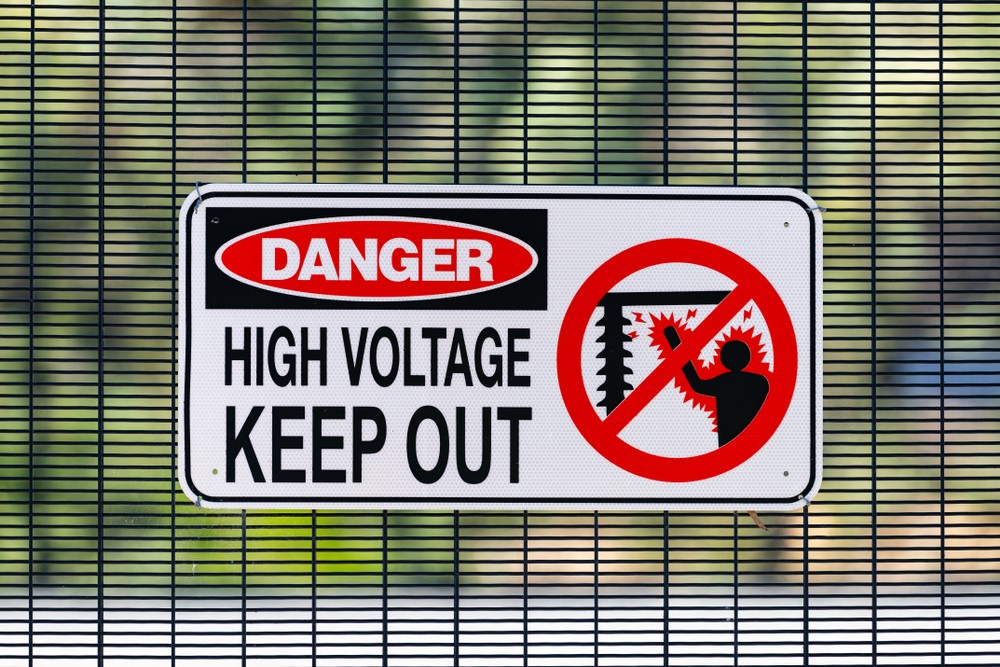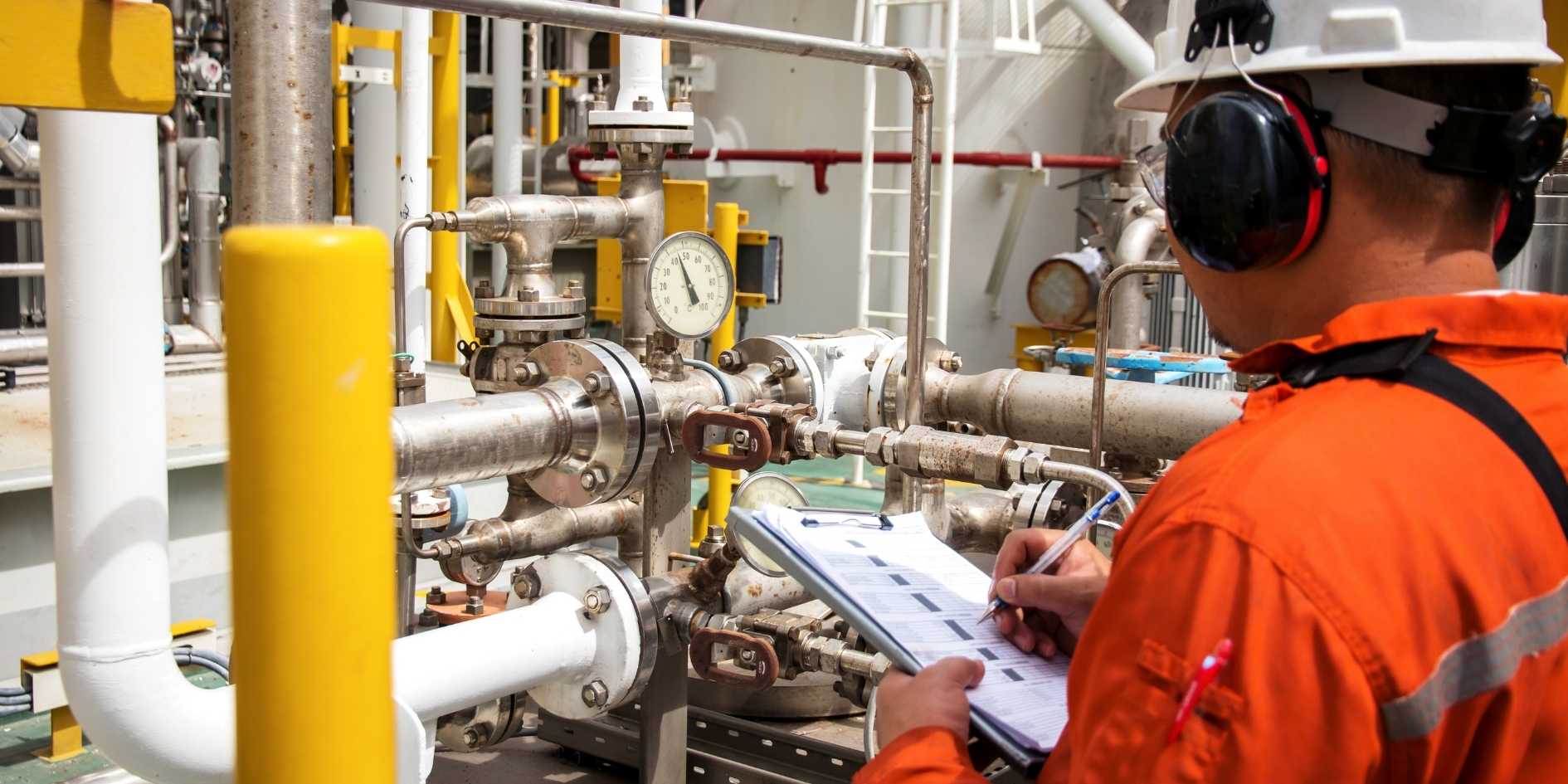Unknown Facts About Roar Solutions
Unknown Facts About Roar Solutions
Blog Article
The 7-Second Trick For Roar Solutions
Table of ContentsSome Known Facts About Roar Solutions.All About Roar SolutionsThe Best Strategy To Use For Roar Solutions
In order to secure installations from a prospective explosion a method of evaluating and identifying a potentially hazardous area is needed. The objective of this is to guarantee the proper choice and setup of tools to ultimately stop an explosion and to make certain security of life.
(https://papaly.com/categories/share?id=f67ddeb126ff42bfb724a48f0cebd961)
No equipment must be installed where the surface temperature level of the devices is above the ignition temperature of the given danger. Below are some common dust dangerous and their minimal ignition temperature. Coal Dust 380C 225C Polythene 420C (thaws) Methyl Cellulose 420C 320C Starch 460C 435C Flour 490C 340C Sugar 490C 460C Grain Dust 510C 300C Phenolic Resin 530C > 450C Aluminium 590C > 450C PVC 700C > 450C Soot 810C 570C The possibility of the danger being present in a concentration high enough to cause an ignition will differ from place to area.
Unsafe area electrical tools possibly developed for usage in higher ambient temperatures. Field Repair Work By Authorised Worker: Difficult screening might not be needed however details procedures might need to be complied with in order for the devices to keep its third celebration rating. Each piece of equipment with a dangerous rating ought to be evaluated individually.
The Only Guide to Roar Solutions
The devices register is an extensive data source of devices records that includes a minimum collection of fields to identify each item's place, technological specifications, Ex-spouse classification, age, and environmental data. This details is important for monitoring and handling the tools properly within harmful areas. On the other hand, for periodic or RBI sampling assessments, the quality will certainly be a mix of Thorough and Close evaluations. The ratio of In-depth to Shut inspections will certainly be determined by the Devices Threat, which is evaluated based upon ignition risk (the possibility of a resource of ignition versus the probability of a flammable environment )and the hazardous area category
( Zone 0, 1, or 2). This variation will likewise affect the resourcing requirements for work preparation. As soon as Lots are defined, you can establish sampling plans based on the example dimension of each Whole lot, which refers to the number of random devices things to be evaluated. To establish the required sample size, two elements need to be examined: the size of the Great deal and the classification of inspection, which indicates the level of effort that should be used( reduced, normal, or increased )to the evaluation of the Great deal. By integrating the classification of examination with the Whole lot dimension, you can after that establish the suitable denial standards for an example, meaning the allowed variety of damaged things located within that sample. For more information on this procedure, please refer to the Energy Institute Standards. The IEC 60079 standard advises that the optimum interval between evaluations need to not exceed 3 years. EEHA assessments will additionally be performed outside of RBI campaigns as part of set up upkeep and equipment overhauls or repairs. These inspections can be attributed toward the RBI sample dimensions within the impacted Whole lots. EEHA inspections are conducted to determine faults in electric devices. A heavy racking up system is necessary, as a single piece of devices may have multiple faults, each with differing levels of ignition threat. If the combined rating of both assessments is less than twice the fault score, the Lot is considered appropriate. If the Great deal is still thought about inappropriate, it should undergo a complete assessment or reason, which might cause stricter examination procedures. Accepted Whole lot: The reasons of any kind of mistakes are recognized. If a common failing mode is located, added tools may require maintenance. Faults are categorized by severity( Security, Integrity, Home cleaning ), guaranteeing that immediate issues are analyzed and addressed without delay to reduce any kind of influence on security or operations. The EEHA data source should track and tape-record the lifecycle of faults together with the corrective actions taken. Implementing a robust Risk-Based Examination( RBI )approach is essential for making certain conformity and safety and security in handling Electrical Tools in Hazardous Locations( EEHA) (hazardous area course). Automated Fault Scoring and Lifecycle Management: Effortlessly handle faults and track their lifecycle to boost examination precision. The intro of this support for risk-based evaluation even more reinforces Inspectivity's setting as a best-in-class solution for governing conformity, as well as for any asset-centric inspection usage situation. If you have an interest in finding out much more, we welcome you to ask for a demo and uncover exactly how our option can transform your EEHA administration procedures.
Getting My Roar Solutions To Work

In regards to explosive risk, a harmful location is an environment in which an eruptive ambience exists (or might be expected to be existing) in amounts that need unique safety measures for the construction, installment and use of equipment. eeha courses. In this article we discover the challenges dealt with in the workplace, the danger control measures, and the called for proficiencies to function safely
It issues of modern-day life that we make, store or handle a series of gases my company or fluids that are deemed flammable, and a variety of dirts that are regarded flammable. These compounds can, in particular problems, form eruptive ambiences and these can have major and heartbreaking consequences. The majority of us know with the fire triangle get rid of any among the three aspects and the fire can not take place, however what does this mean in the context of hazardous areas? When breaking this down right into its simplest terms it is essentially: a mix of a particular amount of launch or leakage of a certain compound or product, combining with ambient oxygen, and the existence of a resource of ignition.
In the majority of circumstances, we can do little about the levels of oxygen in the air, but we can have substantial influence on resources of ignition, for instance electric devices. Unsafe areas are documented on the hazardous location classification drawing and are recognized on-site by the triangular "EX LOVER" indication. Right here, amongst various other vital details, areas are divided into three types depending on the risk, the possibility and duration that an eruptive atmosphere will certainly exist; Area 0 or 20 is considered one of the most unsafe and Area 2 or 22 is considered the least.
Report this page